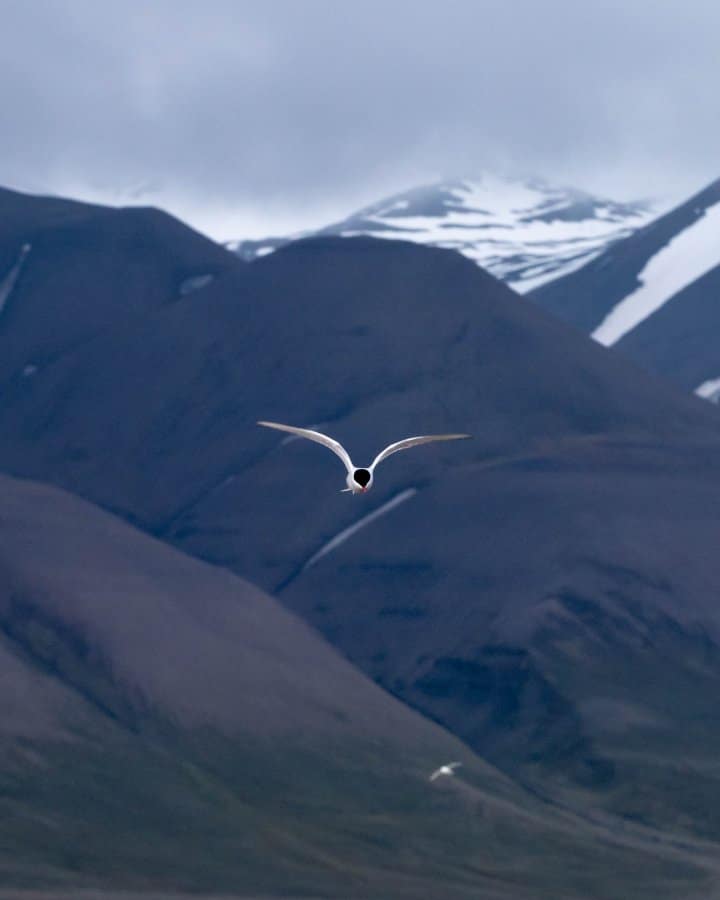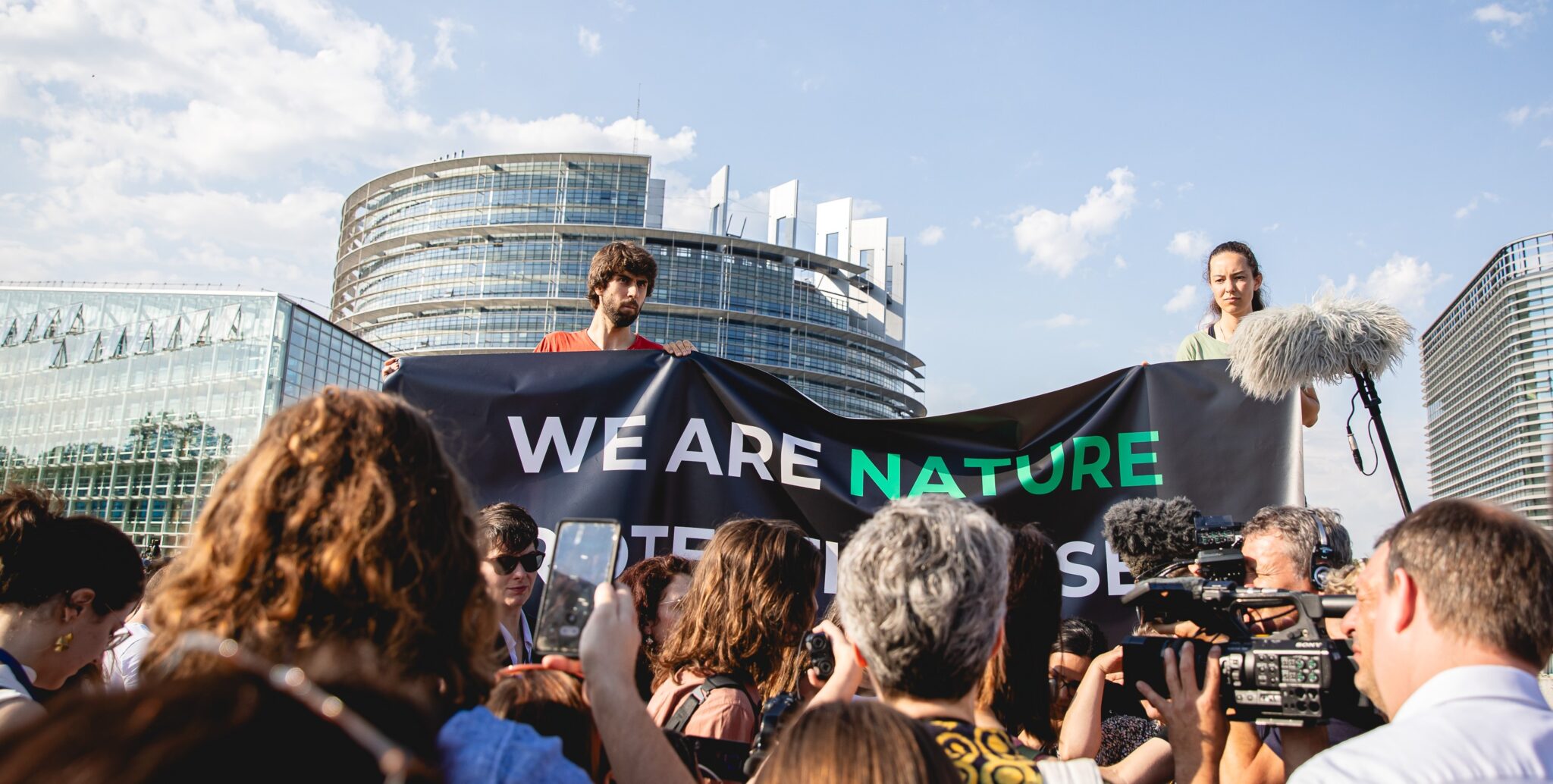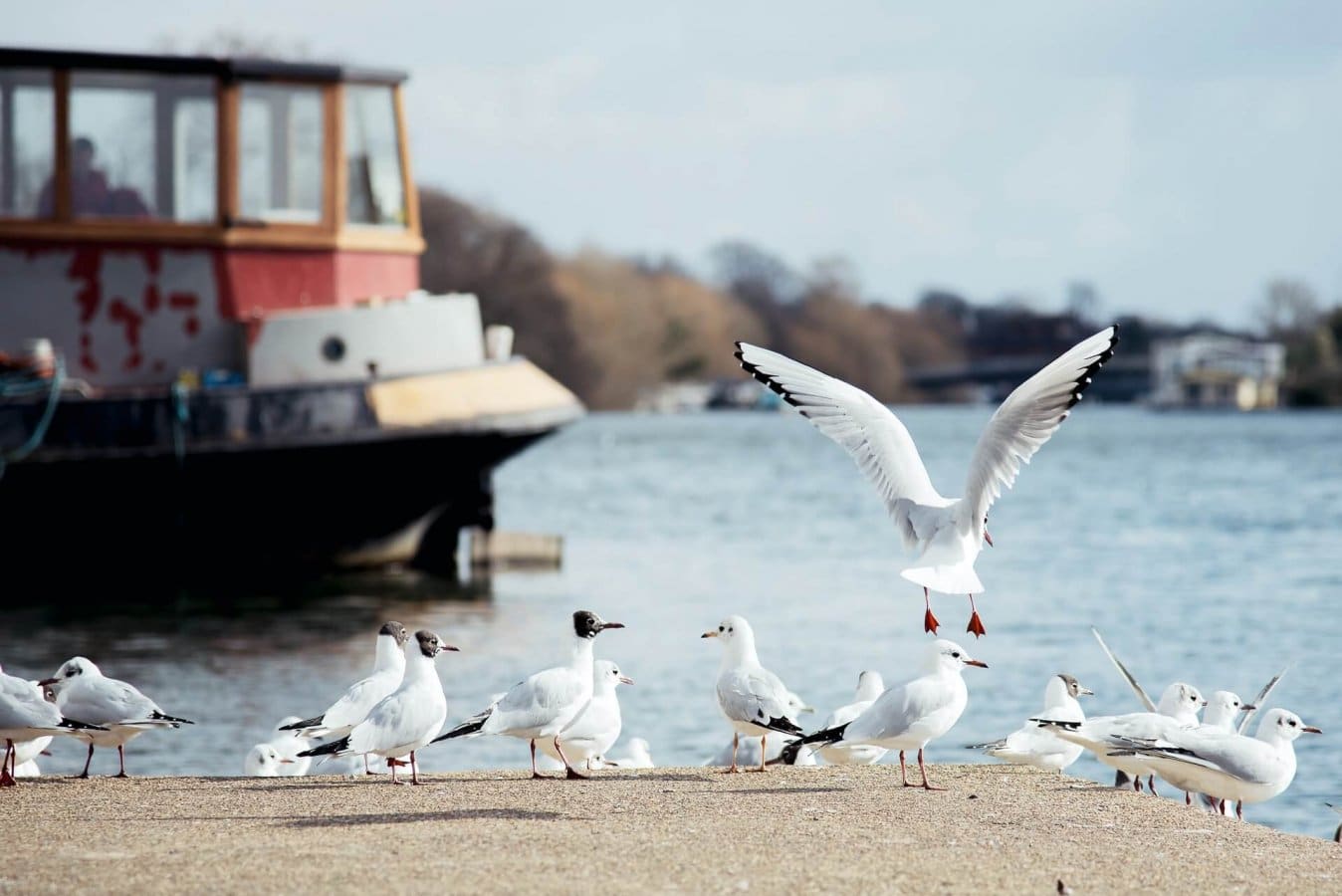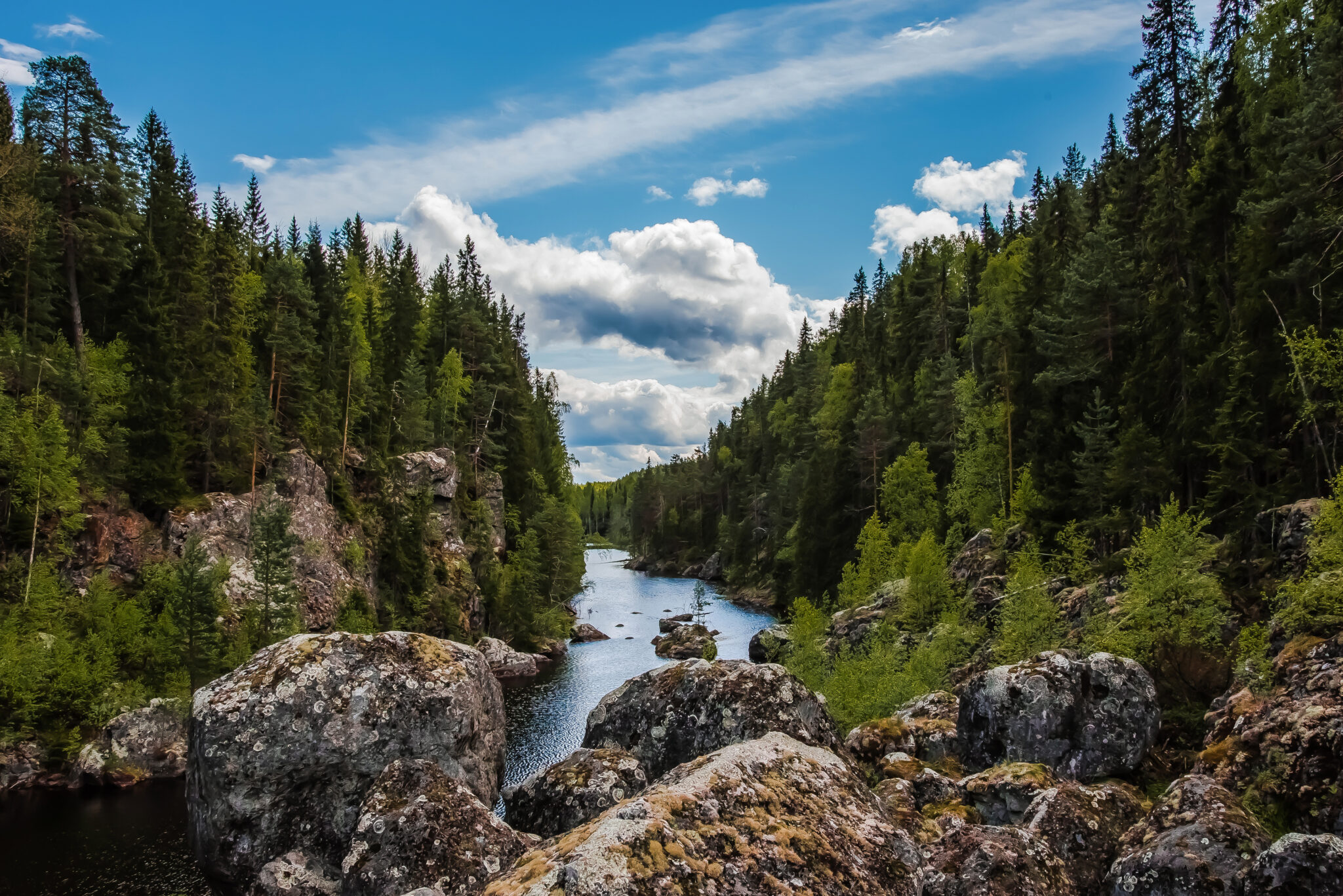The people have spoken: it’s time to #RestoreNature. What happens now?

Logging, intensive agriculture and overfishing have pushed one million animal and plant species to the point where they're hanging by a thread. Protection is not enough anymore, it is time to usher in the era of nature restoration.
By Justine Guiny, International Biodiversity Policy Officer
After decades of attempts to convince governments and businesses to stop the exploitation and degradation of nature, there is so little of it left that conservation alone cannot undo the damage that has been done. Logging, intensive agriculture and overfishing have pushed one million animal and plant species to the point where they’re hanging by a thread. Natural habitats are vanishing. Once carefully balanced ecosystems are now at the mercy of climate change. And ultimately, the disaster happening in the natural world affects humans too. It directly impacts the air we breathe, the water we drink, the food we grow, the places we live in, and even exacerbates social injustices.
Nature protection alone is no longer enough to fix this. We must usher in the era of nature restoration: we need to bring nature back.
Through our #RestoreNature campaign, we strived to demonstrate that to address the climate and biodiversity crisis, nature restoration is imperative.
In less than one month, 104,188 citizens from the EU and beyond took part in the EU’s public consultation on nature restoration; asking the European Commission for a law that would bring deep, transformative change in the way our land, rivers and seas are used.
The road towards large-scale nature restoration in Europe will be long and tumultuous. Strong political pressure is crucial to ensure that the incredible benefits of nature restoration, from saving species and countering the climate crisis to preventing floods and ensuring food security; are prioritised over vested interests.
What is the EU doing now?
The public consultation on the restoration law has come to a close. Now, the Commission is working on an impact assessment until the summer, and will keep consulting stakeholders on the impacts and benefits of such a legislative proposal. Later, over the summer, each service in the Commission will assess the proposal which should be released by the end of 2021.
In 2022, it will be up to the European Parliament, and the Member States to position themselves on the Commission’s proposal.
Each step in the legislative process is an opportunity to strengthen or weaken the EU’s position to restore our ecosystems. That is why it is so important that the European Commission, Parliament, and Member States listen to the scientists’ recommendations, face the environmental emergency, and remain consistent with the Green Deal throughout the process.
We are now less than two months away from the launch of the UN Decade on Ecosystem Restoration. If the EU really wants to lead the global fight on the climate and biodiversity crises, it needs a restoration law that is worthy of its name. And although the law will concern nature restoration in Europe, its implications could be global in the run up to the negotiations on the Convention for Biological Diversity.
Let’s get specific. For real impact, the law needs to set a binding target to restore at least 15% of the EU’s land, seas and rivers back into their natural habitats. At BirdLife, we will continue to be at the forefront of these discussions to make sure the EU doesn’t just make a new law, but makes history.
Further reading: BirdLife briefing sent to the Commission in response to the public consultation on the restoration law
Image credits: © Kiril Dobrev / Unsplash
You might also be interested in:
 | Stichting BirdLife Europe gratefully acknowledges financial support from the European Commission. All content and opinions expressed on these pages are solely those of Stichting BirdLife Europe. The European Commission is not responsible for any use that may be made of the information it contains. |









